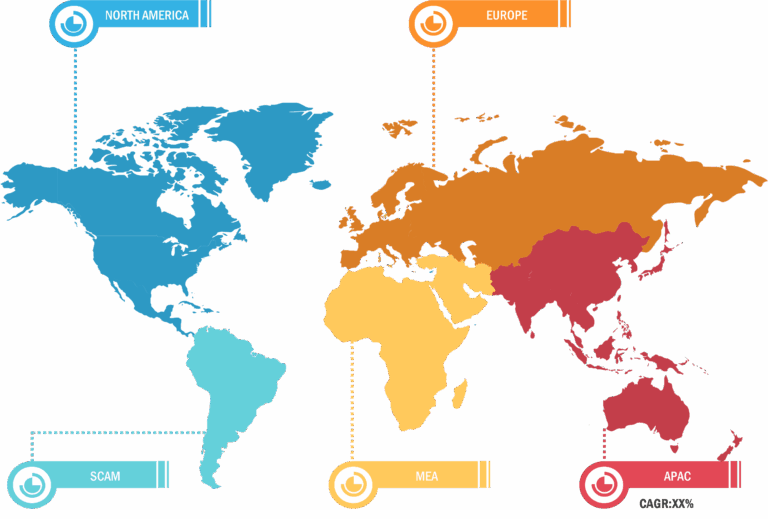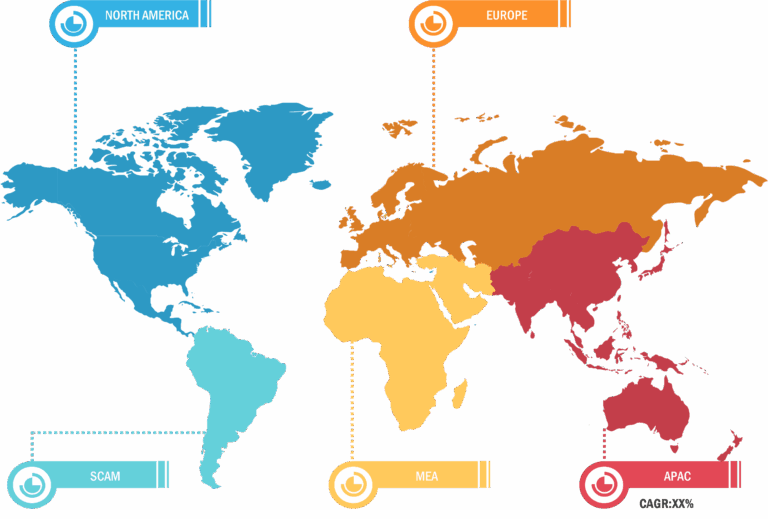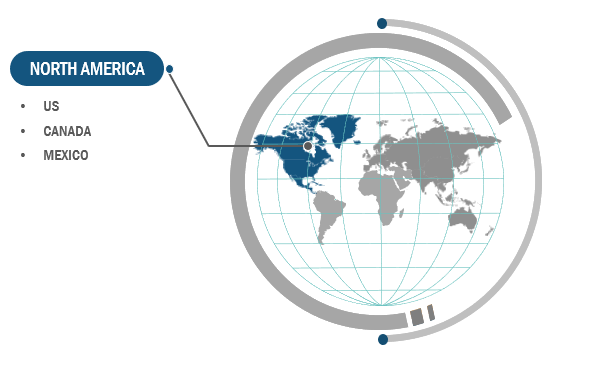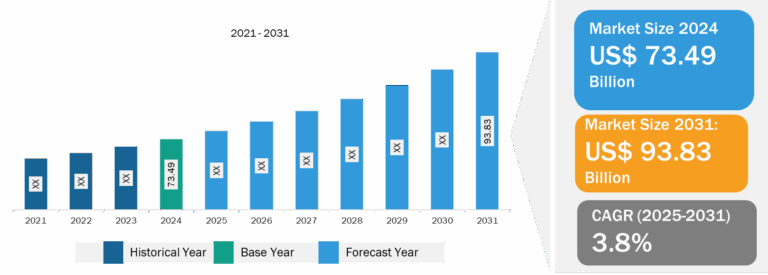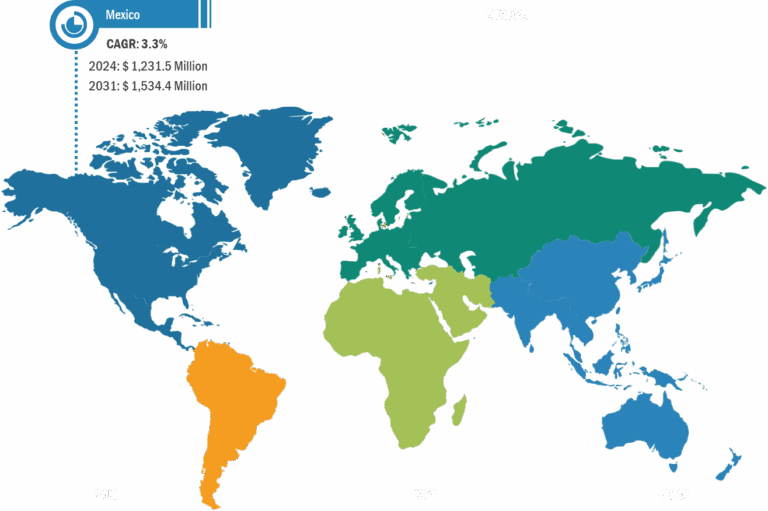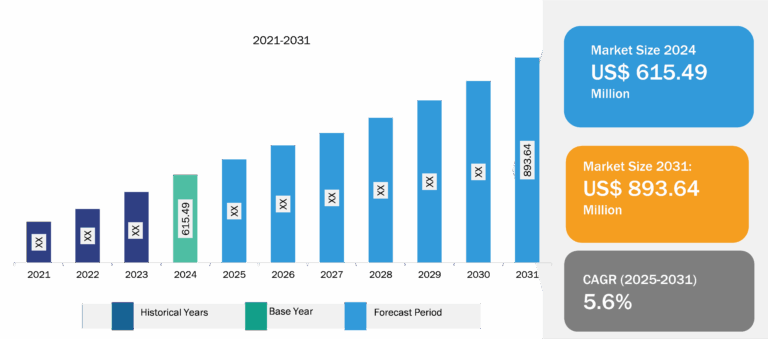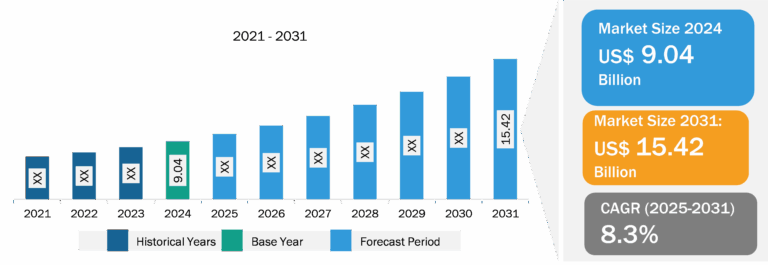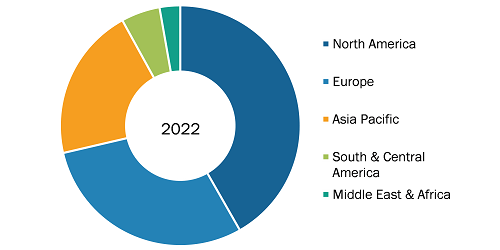
Neurostimulation Devices Market
Neurostimulation devices attach electrodes to the brain, spinal cord, or peripheral nerves. Each device can collect and store data over time, and the nature of this data reflects the different therapeutic strategies used. Neuromodulation uses electrical or magnetic pulsations to influence or stimulate the central or peripheral pain pathways. This procedure aims to control the pain systems to minimize pain levels. Neurostimulation devices can be used safely and effectively to treat drug-resistant epilepsy. Rapid advances in neurostimulation technology relieve the patients affected by neurological and psychiatric disorders. Neurostimulation therapies include invasive and noninvasive approaches in which electrical stimulation drives neuronal function within a circuit. The growing incidences of neurological diseases and increasing cases of spinal cord injury are driving the neurostimulation devices market size. However, the lack of expert professionals hinders the neurostimulation devices market growth.
Rising Cases of Spinal Cord Injury Drives Neurostimulation Devices Market Growth
According to the WHO, in 2022, the US recorded 50 million epilepsy cases, 1 billion migraine cases, and 400,000 spinal cord injury cases. Spinal cord stimulation is one of the most preferred techniques in treating chronic back pain, primarily due to the anatomical and functional abilities of the spinal cord nerves to control the sensation of pain.

The incidence of spinal cord injuries has increased over the past decade. The National Spinal Cord Injury Statistical Center (NSCISC) 2021 fact sheet states that the annual incidence of spinal cord injuries is 60 cases per million. According to the article titled “Epidemiology of traumatic spinal cord injuries: a large population-based study,” published in April 2022, the overall age-sex standardized incidence rate of traumatic spinal cord injuries was 26.5 per 1 million population, and the rates were directly related to age in both sexes. According to the same source, in older people (≥ 65 years) population, the rate is 59.2 and 23.3 per 1 million in males and females, respectively. Spinal cord stimulators can be helpful in managing postoperative pain associated with spinal surgery. Therefore, an increase in number of spinal cord surgeries propels the demand for spinal cord stimulators.
According to the report titled “Spinal Cord Injury Facts and Stats,” published in July 2022, ~17,700 Americans suffer from a spinal cord injury yearly, of which ~78% are men with an average age of 43. Therefore, the high incidence of spinal cord injuries in old age and adults stimulates the neurostimulation devices market growth.
North America accounted for the largest share of the global neurostimulation devices market in 2022 owing tothe growing prevalence of neurological diseases, high spending on research and development, product approvals by the US Food and Drug Administration (FDA), and technological advances. The rising geriatric population prone to neurological diseases is expected to offer lucrative opportunities for the neurostimulation devices market growth in the region during the forecast period. Further, the growing support from the government to address the rising concerns about brain diseases is expected to boost the neurostimulation devices market growth. In North America, the US held the largest neurostimulation devices market share and is anticipated to register the highest CAGR. In the US, the incidence of neurovascular diseases is rising significantly, and it is among the leading causes of death across the country. Rising incidence of neurological diseases such as Parkinson’s disease (PD), increasing awareness about neurological disorders, and growing investments in developing transcranial stimulators are among the main factors driving the overall neurostimulation devices market in the US. According to the Brain Aneurysm Foundation in 2019, ~6 million people suffer from unruptured brain aneurysms in the US. Also, the annual rupture rate is nearly 8–10 per 100,000 people; ~30,000 people in the US suffer from a brain aneurysm rupture. In addition, the data also states that nearly 4 out of 7 people who had recovered from a ruptured brain aneurysm were likely to suffer from the disabilities. Therefore, the growing prevalence of brain aneurysms is expected to boost the neurostimulation devices market growth during the forecast period. Technological advancements and new product launches drive the neurostimulation devices market. In January 2020, Abbott’s Infinity DBS System received approval from the USFDA for treating Parkinson’s disease. This system allows for the targeted treatment of a specific area of the brain, called the inner globus pallidus (GPi), which is associated with the symptoms of Parkinson’s disease. Therefore, the increasing prevalence of neurological disorders and technological advancements fuel the neurostimulation devices market growth in the US.
Neurostimulation Devices Market: Competitive Landscape and Key Developments
Medtronic Plc; Boston Scientific Corp; Abbott Laboratories; Nevro Corp; LivaNova Plc; Synapse Biomedical Inc.; Nalu Medical, Inc.; ElectroCore Inc.; MicroTransponder Inc; and Mainstay Medical are a few key companies operating in the neurostimulation devices market. Neurostimulation device companies adopt product innovation strategies to meet evolving customer demands, which allows them to maintain their brand name in the neurostimulation devices market.
A few of the recent developments in the global neurostimulation devices market are mentioned below:
- In August 2023, Abbott announced that the U.S. Food and Drug Administration (FDA) had approved its new Proclaim Plus spinal cord stimulation (SCS) system featuring FlexBurst360 therapy. The next generation of Abbott’s proprietary BurstDR stimulation, FlexBurst360 therapy, offers pain coverage across six areas of the trunk and/or limbs. It enables programming that can be adjusted as a person’s therapeutic needs evolve.
- In August 2023, Mainstay Medical Holdings plc announced the completion of enrollment in its RESTORE randomized clinical study of ReActiv8 for the treatment of intractable chronic low back pain. The study provided a direct comparison for optimizing medical management to test the hypothesis adding ReActiv8 Restorative Neurostimulation therapy to current care paradigms results in significant improvements in back pain-related disability.
- In April 2023, Synapse Biomedical, Inc. announced the FDA pre-approved the NeuRx Diaphragm Pacing System (NeuRx DPS) that is used in patients with spinal cord injuries and relies on mechanical ventilation.
- In December 2022, Abbott announced that it received approval from the U.S. Food and Drug Administration (FDA) for the Eterna spinal cord stimulation (SCS) system. It is the smallest implantable, rechargeable spinal cord stimulator that is available for treating chronic pain.
- In January 2022, Medtronic plc received the U.S. Food and Drug Administration approval for the Intellis rechargeable neurostimulator and Vanta recharge-free neurostimulator for the treatment of chronic pain associated with diabetic peripheral neuropathy (DPN).

